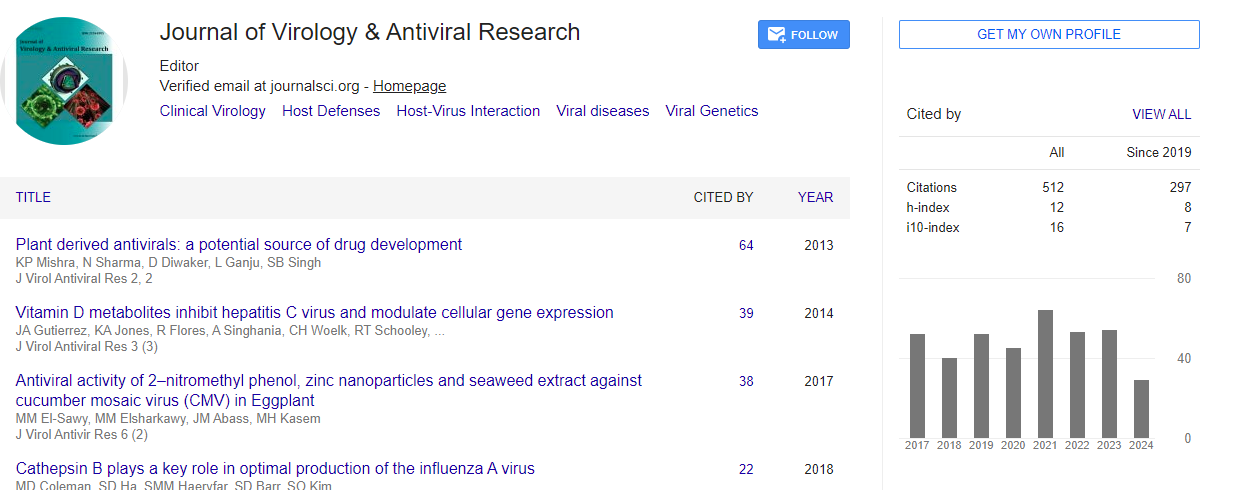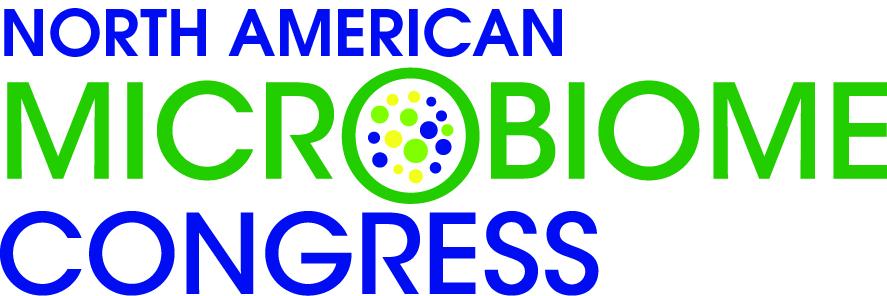Commentary, J Virol Antivir Res Vol: 13 Issue: 1
Tracing Viral Footprints through Time: The Emerging Field of Virus Archaeology
Silvestro Russa*
1Department of Biology, Ecology and Earth Sciences, University of Calabria, Pietro Bucci, Italy
*Corresponding Author: Silvestro Russa,
Department of Biology, Ecology
and Earth Sciences, University of Calabria, Pietro Bucci, Italy
E-mail: silvestro.russa@unical.it
Received date: 26 February, 2024, Manuscript No. JVA-24-136886;
Editor assigned date: 28 February, 2024, PreQC No. JVA-24-136886 (PQ);
Reviewed date: 14 March, 2024, QC No JVA-24-136886;
Revised date: 22 March, 2024, Manuscript No. JVA-24-136886 (R);
Published date: 28 March, 2024, DOI: 10.4172/ 2324-8955.1000693
Citation: Russa S (2024) Tracing Viral Footprints through Time: The Emerging Field of Virus Archaeology. J Virol Antivir Res 13:1.
Description
Virus archaeology, a burgeoning field within virology, seeks to uncover the secrets of ancient viruses preserved in archaeological samples. By analyzing ancient viral DNA, researchers aim to shed light on the evolutionary history of viruses, their interactions with ancient human populations, and their potential contributions to disease emergence. This manuscript provides an in-depth exploration of virus archaeology, discussing methodologies, key findings, and future directions in this fascinating area of research.
The study of viruses has long been intertwined with human history, from the ancient pandemics recorded in historical texts to the emergence of novel viruses in modern times. However, our understanding of the evolutionary dynamics and ancient origins of viruses remains incomplete. Virus archaeology offers a unique opportunity to delve into the deep past, using molecular techniques to analyze viral DNA extracted from archaeological specimens. In this manuscript, we delve into the field of virus archaeology, discussing its significance, methodologies, and contributions to our understanding of human evolution and disease. Virus archaeology relies on a combination of molecular biology, genomics, and bioinformatics techniques to analyze ancient viral DNA.
Sample collection is a critical first step, with researchers extracting genetic material from ancient human remains, animal bones, or environmental samples such as permafrost or sediment cores. Various laboratory techniques, including Polymerase Chain Reaction (PCR), DNA sequencing, and metagenomics analysis, are then employed to identify and characterize viral sequences within these samples. Bioinformatics tools play a crucial role in analyzing and interpreting the vast amounts of sequencing data generated, allowing researchers to reconstruct ancient viral genomes and infer their evolutionary relationships.
Virus archaeology has yielded numerous insights into the ancient viral landscape and its interactions with human populations. Studies have identified ancient viral sequences in a diverse range of samples, from Egyptian mummies to Neanderthal remains. These findings have provided valuable clues about the origins and evolution of viruses, including the emergence of viral pathogens that continue to impact human health today. For example, ancient viral DNA recovered from dental calculus has revealed the presence of pathogens such as Hepatitis B Virus (HBV) and Human Papillomavirus (HPV) in ancient human populations. Similarly, analysis of ancient fecal samples has uncovered evidence of ancient gastrointestinal viruses, shedding light on the prevalence and diversity of viral infections in past societies. The study of ancient viruses has profound implications for our understanding of human evolution and disease. By tracing the evolutionary history of viruses, researchers can gain insights into the co-evolutionary dynamics between viruses and their hosts. Ancient viral DNA can also provide clues about past epidemics and pandemics, illuminating the impact of infectious diseases on human populations throughout history. Furthermore, the identification of ancient viral sequences related to modern pathogens offers opportunities for studying the origins and evolutionary trajectories of infectious diseases. Understanding the ancient origins of viral diseases can inform strategies for disease prevention, surveillance, and control in the modern world.
Despite its potential, virus archaeology faces numerous challenges, including sample degradation, contamination, and the limited availability of well-preserved archaeological specimens. Future research efforts should focus on developing improved methodologies for ancient DNA extraction and sequencing, as well as refining bioinformatics tools for analyzing ancient viral genomes. Collaborations between virologists, archaeologists, and computational biologists will be essential for advancing the field and unlocking the full potential of virus archaeology. By overcoming these challenges, virus archaeology holds promise for revolutionizing our understanding of viruses and their role in shaping human history.
Conclusion
Virus archaeology represents a powerful tool for exploring the ancient viral landscape and its implications for human evolution and disease. Through the analysis of ancient viral DNA, researchers can unravel the mysteries of the past, shedding light on the origins, evolution, and impact of viruses on ancient human populations. By integrating insights from archaeology, genomics, and virology, virus archaeology offers a unique perspective on the complex interplay between viruses and their hosts throughout history. As technology continues to advance, the field of virus archaeology holds immense potential for uncovering new discoveries and transforming our understanding of viruses and their role in shaping the human experience.
 Spanish
Spanish  Chinese
Chinese  Russian
Russian  German
German  French
French  Japanese
Japanese  Portuguese
Portuguese  Hindi
Hindi 

